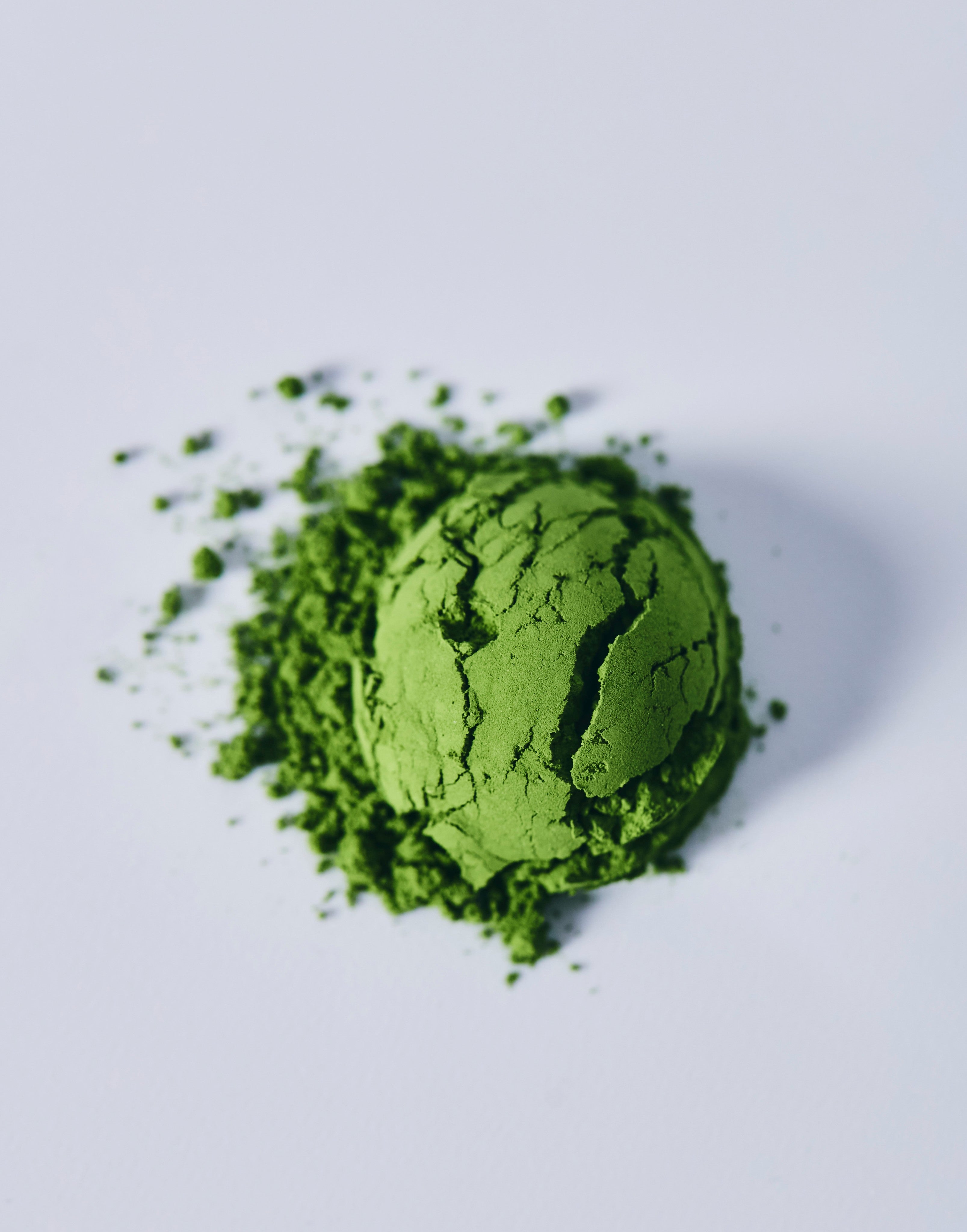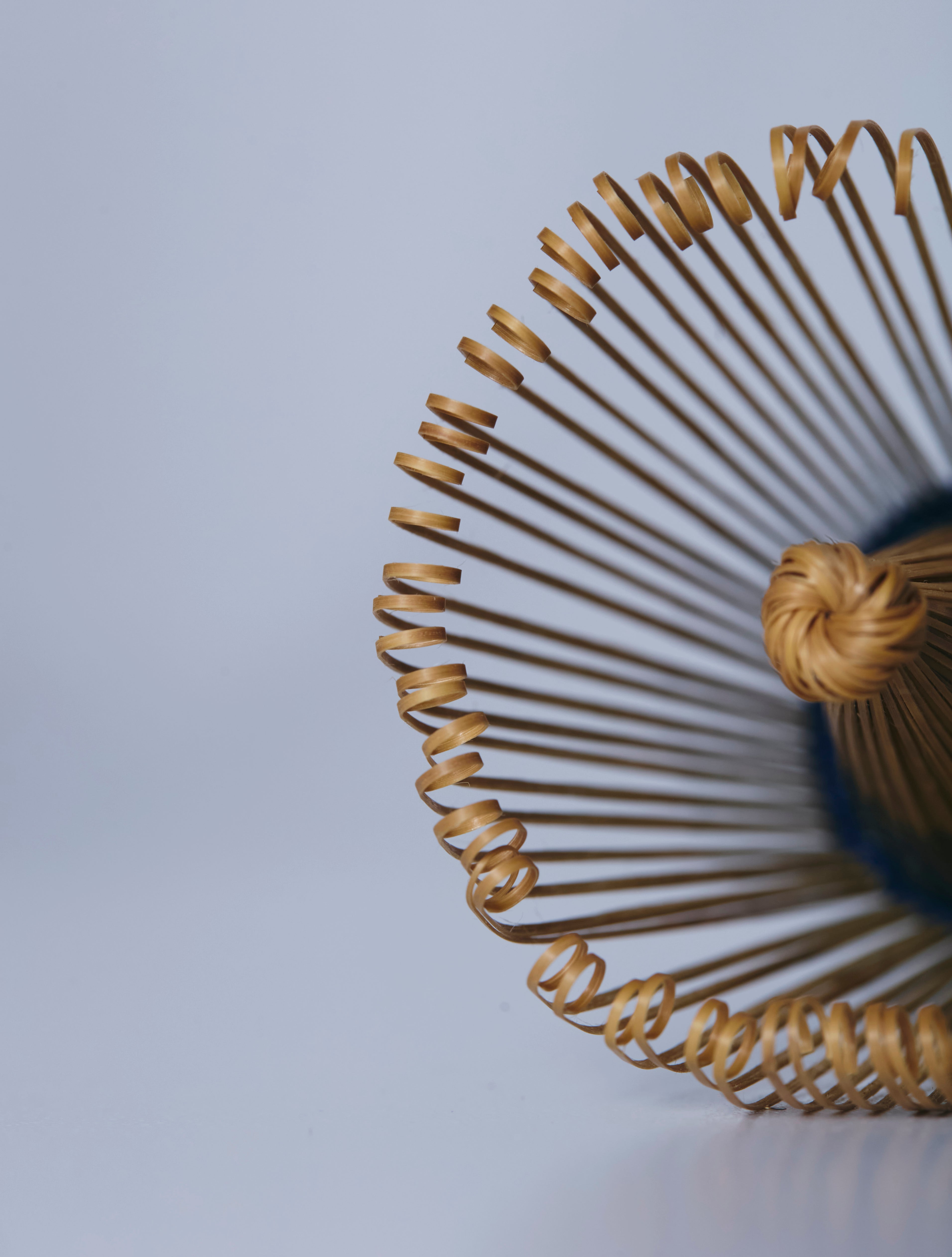Discover more in our FAQ
Have a question or comment? Don't be shy: Reach out and say hi!
Support hours: Monday-Friday, 7am-3pm
Collapsible tab heading
Collapsible tab heading
Fill in the text content of the collapsible item here. You can provide details and explanation for the question here.
Collapsible tab heading
Collapsible tab heading
Fill in the text content of the collapsible item here. You can provide details and explanation for the question here.
Collapsible tab heading
Collapsible tab heading
Fill in the text content of the collapsible item here. You can provide details and explanation for the question here.
Collapsible tab heading
Collapsible tab heading
Fill in the text content of the collapsible item here. You can provide details and explanation for the question here.
Collapsible tab heading
Collapsible tab heading
Fill in the text content of the collapsible item here. You can provide details and explanation for the question here.




